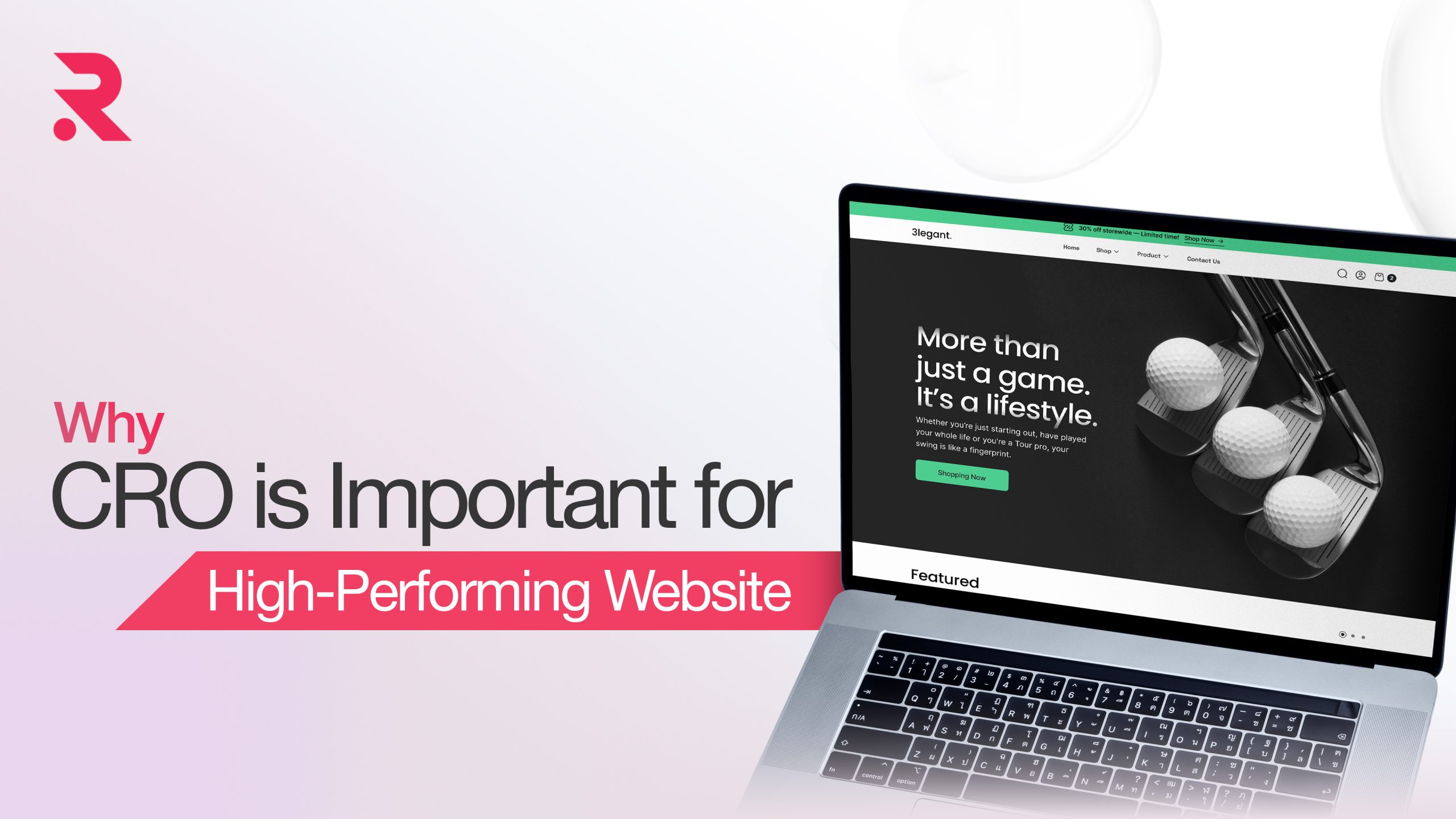AIO vs. Traditional Ops: The Future of AI-Driven Content Production
Traditional ways of making content take a lot of time. People have to do most of the work by hand. But what if there was a way to make it faster and easier to create? With AIO, or Artificial Intelligence Optimization, this can happen. AIO lets you make more content in less time. It also helps make each piece more personal for people. This new method is going to change the way content works for all of us.
- August 12, 2025
- by Tarun
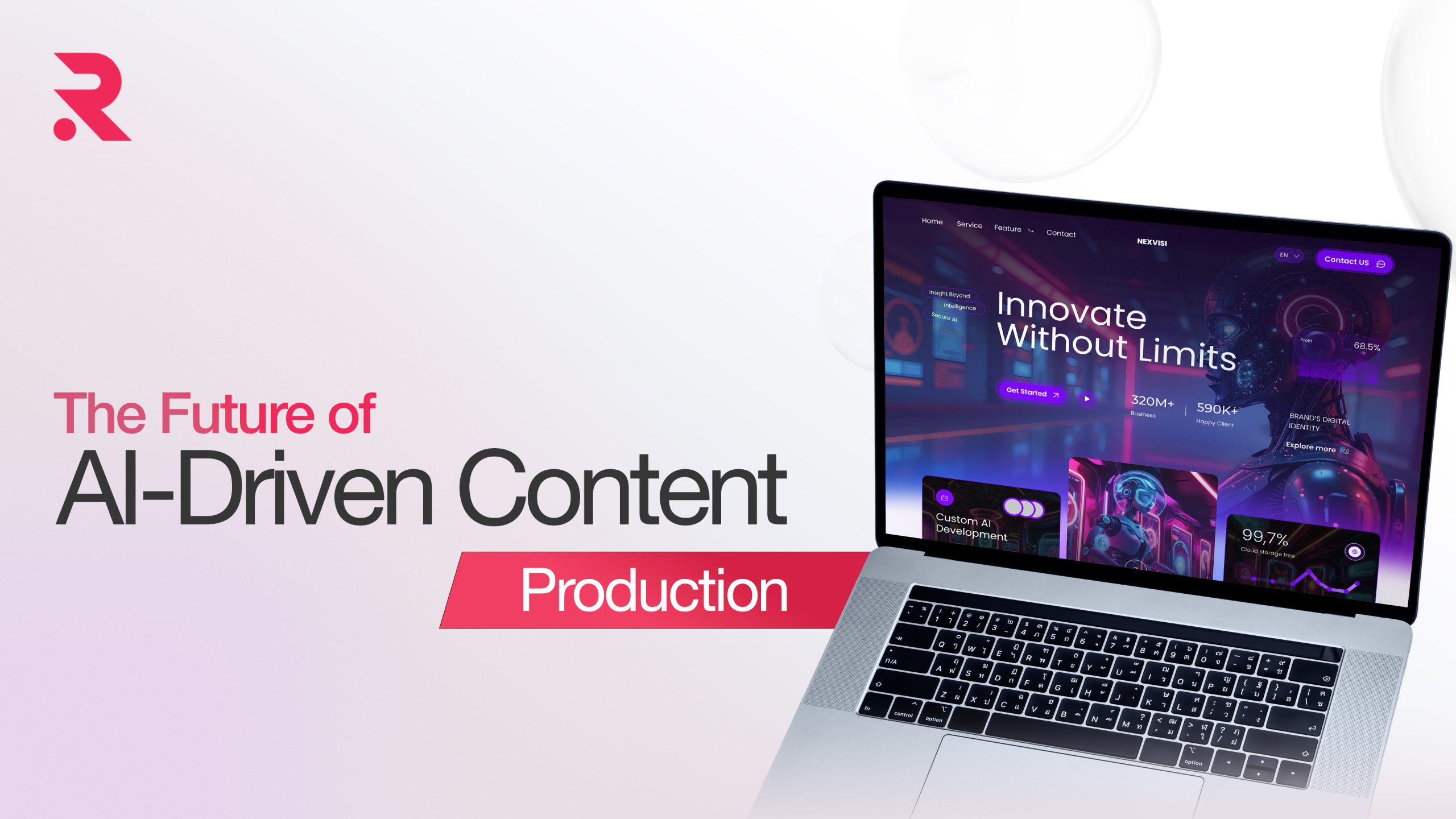
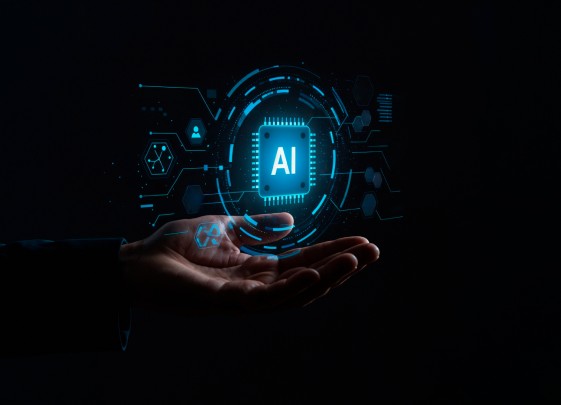
Artificial Intelligence Optimization (AIO) is a strong new way of making content. It is changing how people work in content production today. AIO uses AI and machine learning to move past old, manual ways of creating content. Instead, it uses data and smart systems. This shift is not to take the place of people who create content. It aims to help them. AIO helps them make better, more personal, and interesting content. They can do this faster and on a much larger scale. The difference between AIO and old ways of working shows a big change in the field. People can now see a future where AI will be a main part of how we make content and work with new ideas.
The Traditional Content Production Model
The Traditional Content Production Model is based on people doing the work by hand. In this process, there is a lot to do. You, your team, and others put in much time. First, you have to plan and think about what content to make. Then you will write, edit, and work on it before sharing. Everyone is busy at each step. This way takes longer, and some people may find it slow. But it can help make sure the content fits you and your readers well.
The way people used to make content follows straight steps. It depends a lot on human skill and creative gut feelings. You can think of it like a factory where each stage is separate and happens one after the other. This way of working has worked in the past. But now, it has a hard time keeping up with what people want online these days. People need things faster and more personal, and the old ways often can’t do that.
Key Stages of Traditional Content Production:
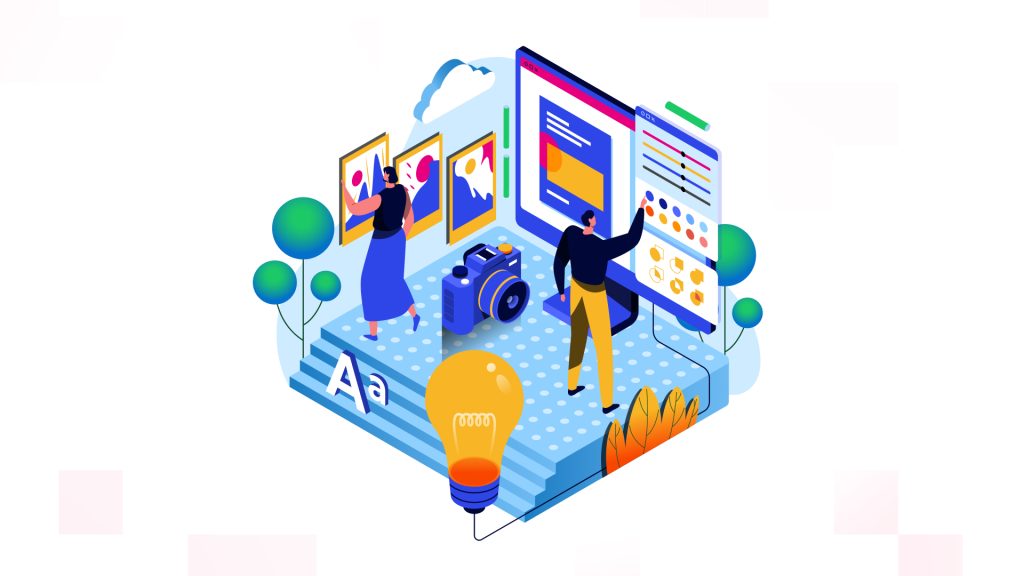
Manual Ideation and Research:
A group of strategists and editors look at market reports by hand. They also do keyword research with tools such as Google’s Keyword Planner. The team looks at what other companies in the field are doing with their content.
Limitations: This step takes a lot of time. It can last for days or even weeks. The team’s past work and what they feel is right play a big part in how things turn out. This can be risky and not very good for saving time. Because people are using their own ideas and feelings to guide them, it can be hard to find new or hidden trends that do not stand out right away. There is also a chance the team looks for ideas that match what they already think, instead of looking at what the data really shows.
The Creation Bottleneck:
A human writer starts by making a copy from the beginning. A designer makes the pictures or the look of it. An editor puts all the different video clips together.
Limitations: This stage can slow things down a lot. One content item can take a few days or even weeks. The way creative work happens is not always straight. You can’t always know how it will turn out. Many times, there are lots of comments and changes, so the work takes even more time. To do more work, you may have to hire more people. That brings more costs and makes it harder to manage everyone. Smaller businesses often find it hard to keep up because bigger companies have the money for larger creative teams.
Static Optimization and Distribution:
A marketing specialist does SEO one time after making the content. To share it, people post by hand. Social media managers and email marketers both plans when and where to put the content.
Limitations: The content does not change, and it is made for just one time. It does not adjust in real time based on how it is doing. If a campaign does not do well, there is not an easy way to fix it. After you put out content, how well it does stay the same. What you learn from it can help you next time, but not this time. This way of working means a lot of missed chances and lost ways to make things better.
Need technical SEO guidance and support to boost your website rankings?
Our Experts Can Help!
The Retrospective Analysis:
A data expert looks at how well things are going to see page views and how often people take action, like making a purchase, some weeks or months after the content goes up.
Limitations: This analysis looks back at what happened before. The things we learn help with what we do next, but they do not change how the old content did. The long time it takes to get feedback makes it hard to change plans fast when the market changes. By the time we look at the data and make a new plan, the market may already be different, so what we learned might not help as much anymore.
The traditional model is good at making content that matches the brand’s voice. It also does well with creative touches. But there are some problems with it. The model can be slow, cost a lot, and not work well when you need to do more. These issues are now too big for many people and companies to ignore.
A Fast-Changing, Data-Driven World
AIO changes how people work with content. It brings together AI and machine learning at each step. The old step-by-step way is now gone. Now, there is an ongoing system that keeps getting better on its own. The AIO way is not one tool. It is a group of tools that all work as one. They help make a smart and flexible content engine that keeps improving.
The Key Stages of AIO-Driven Content Production
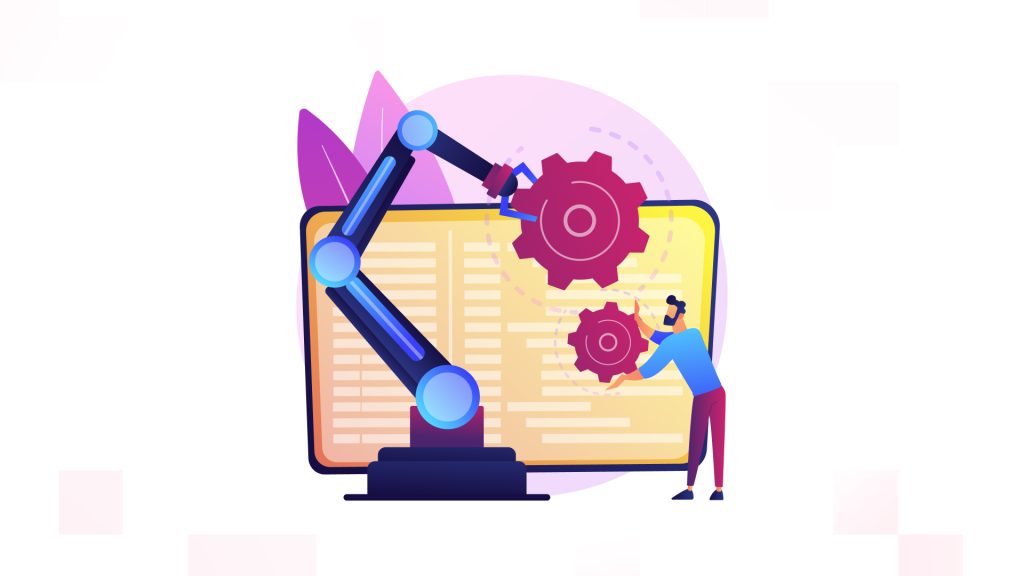
AI-Powered Ideation: From Guesswork to Clear Results:
AI algorithms look at a huge amount of data, like real-time search trends and what people say on social media. They help find new topics and can tell which content types will do best.
For example, an AIO platform can check millions of social media posts. In this way, it can spot a small trend in a certain niche. It also finds content ideas and keywords that people might not see right away. This takes out the guesswork, so teams can work with ideas that the data supports. The AI can also give content outlines and ways to start, giving creators a strong beginning point.
Benefits: This way of working cuts down the time people need for research. It helps teams be quick and stay up to date with what is happening now. The AI can look through a lot of data, much more than people could. It can find small patterns and connections that people may not notice. This can help people come up with better ideas for content and make plans that work well.
Assisted Creation and Human Augmentation:
AI works as a creative partner. Generative AI tools make first drafts and headlines very fast. After that, people step in to improve the content. They add feeling, small details, and a brand’s special style.
AI can also make many kinds of images, and then a designer picks the best ones and makes them better. This “human-in-the-loop” way helps things get done much faster. It also lets creators spend more time on big ideas and telling stories in a creative way.
Benefits: This tool helps creative teams do more good work in less time. The human writer will move from just writing to guiding the AI. With the help of AI, they can make more work without losing quality. The AI does boring jobs, so humans can use their own creative touch to help make a strong brand name.
Real-Time, Continuous Optimization:
AI systems watch how content is done in real-time. They look at how users act, see how many people are reading, and check if people do what the site wants them to do. The system tries out different headlines, calls-to-action, or images to help the content work its best.
For an article, an AIO platform can test five headlines. In about an hour, it will see which headline gets the most clicks. Then, it will update the blog with the one that works best.
Benefits: Your content will always work at its best and change with what people want as soon as they change. This stops the old “set it and forget it” way of marketing and makes sure every part of your content is always getting better. The AI can find out where people stop watching a video or reading an article and give ideas for edits.
Hyper-Personalized Distribution at Scale:
AI algorithms look at each user’s data. This can be what you browse, your age, and what you did on the website before. After this, they give you content made just for you.
Benefits: This helps you make thousands of different versions of your campaigns. You can give each person a personal touch, something older ways can’t do. For example, if someone just got new running shoes, they get an email about new workout gear. Another person who looked at hiking boots will see information about trail guides. When you show each person what they care about, they are more likely to read, enjoy, and act after seeing your content. It gives them what fits them best and at the right time. This way, you get more people to take action because it’s about what matters to them.
The Self-Improving Feedback Loop:
The AIO system always works in a way that looks ahead. It learns from each thing people do with it. This data helps the system know what to do next time. The AIO system also uses what it learns to make better plans for content in the future.
Benefits: When the system makes and improves more content, it gets smarter. This means the way it works keeps getting better over time. The AI will look at what works and what does not. Then, it changes its advice to help you with ideas, making, and sharing of content. The system then both learns and acts, making a strong cycle where things get better all the time. This lets the content engine get smarter and stronger the more you use it.
A New Time for Working Together in Creative Ways
The companies that do well in the future will not pick just AIO or the old way. They will mix both to get the best results. The future of making content will use a mix of the two. AI will take care of tasks that need a lot of data and are done many times. People will work on the important, creative, or right thing to do parts of content.
How Human Roles Will Evolve
The Content Strategist now acts as an “AI director.” They set the main goals and rules for the AI system. Their job now is not to do every research task by hand, but to lead a smart content team powered by AI. They need to understand what this AI can do and what it cannot do. The strategist helps the AI work toward a clear brand vision and guides it along the way.
The writer is now like an editor and a storyteller. They take what AI writes and make it better and then add feelings that can make you care. Also, they work to keep things real and close to life. The writer no longer starts with a blank page but builds on what the AI gives. This helps them do more good work in less time.
The Marketer now works with data. They use AI to help them make big, important choices for business. They do not spend much time on manual tasks now. Their job is to take AI data and turn it into simple plans that the business can use. Then, they share the results with the people who need to know.
Exploring Content Transformation for Your Business?
Our Experts Can Help!
Comparison of Traditional vs. AIO Models
| Feature | Traditional Model | AIO Model |
| Ideation | Manual research and human intuition | AI algorithms analyze data and predict trends |
| Creation | Human-led, time-consuming, and labor-intensive | AI-assisted, with humans refining AI-generated drafts |
| Optimization | Static, one-time SEO | Real-time, continuous optimization |
| Distribution | Manual scheduling and email crafting | Automated, hyper-personalized delivery at scale |
| Feedback Loop | Retrospective and slow | Proactive, predictive, and self-improving |
| Scalability | Difficult and costly (requires more people) | Inherently scalable and cost-effective |
The Broader Implications of the AIO Revolution
The switch to AIO affects the whole content world in many ways, not just how tasks are done.
- AIO tools make it easy for many people to start making content. Now, small businesses and people can use AI to make high-quality content for less money. This helps more people and voices join in and compete. With this, the content that you see can be more wide-ranging and livelier.
- Job skills are going to change over time. Some old jobs may go away, but there will be new jobs, like AI prompt engineers or working with AI systems. People who do well in these jobs will be the ones who can mix creative thinking and know-how about working with AI. If you want to get ahead, it is good to learn about these changes.
- There is so much AI-made content out now. So, stories made by people who share real feelings and honest thoughts will be worth even more. The mix of people and AI makes it so humans can spend more time on the parts that really touch us, while AI takes care of the boring work. This can bring back a time where there is lots of good and powerful storytelling that people will remember.
- New problems will come up, like keeping data private, following copyright rules for AI-made content, and the chance for wrong information to spread. It will be important to set clear rules and laws to make sure people use these strong tools in a good and open way. To do this, technologists, policymakers, and creative professionals will need to work together. They can help build a fair and strong system that works for all of us.
Conclusion
The evidence is easy to see. The old way of working has lots of human creativity, but it is not ready for the new world of digital content. There is a huge amount of content now. People also want things that match their own needs, and trends change very fast. Because of this, the old method cannot keep up.
AIO gives a good way to solve the problem. It does this by offering a setup that is:
- Faster and Better: It does the same jobs on its own, which cuts down on how long it takes to get things done.
- It is more flexible. You can now handle more work and customize things for people in ways that were not possible before.
- Data-Driven: It takes out guessing and makes sure your content is better for people in real time.
This team-based way of working responds to the worries people have about used only AI. When humans are involved, they make sure the content is correct, follows good values, and keeps the brand voice special. This method makes the content process quicker and easier to grow, while also being smarter and more meaningful. This is what AIO really offers. It helps people focus on creative work instead of boring, repeating tasks. This can bring in all kinds of new creative ideas. The content worker of the future will do many things. They will know how to use AI to make stronger and more interesting experiences for everyone.
 Shopify
Shopify

